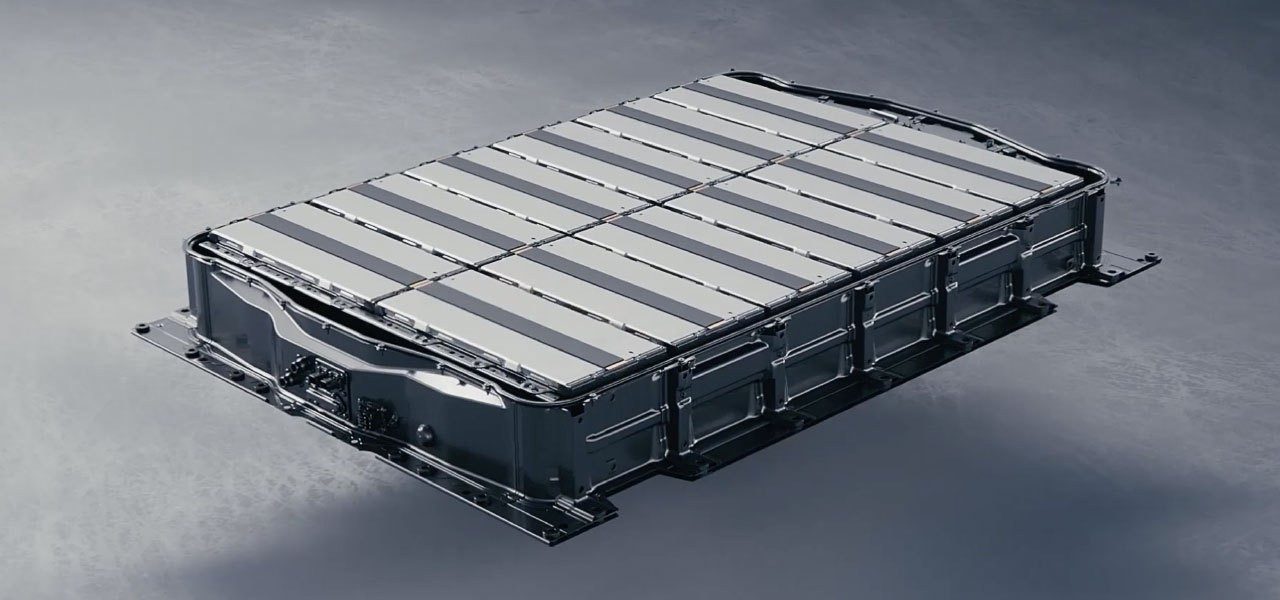In the realm of electric vehicles (EVs), the lithium-ion battery stands out as a key cost factor that has undergone a notable transformation in the past decade. According to the Bloomberg New Energy Foundation (BNEF), the average price of a lithium-ion battery in 2013 was $780 per kilowatt-hour (kWh). Fast forward to the present, and the average cost has plummeted to $139/kWh, marking a record low that is 12 percent lower than 2022 prices. This decline is attributed to increased production capacity and diminishing costs of raw materials and components.
Evelina Stoikou, Senior Associate in Energy Storage at BNEF, noted that this year’s price drop is linked to substantial growth in production capacity and lower-than-expected demand, emphasizing a shift from the historical drivers of scale learning and technological innovation.
While the narrative suggests that cheaper batteries should translate into more affordable EVs, the reality is nuanced. Some battery manufacturers have experienced reduced factory usage, and the surge in EV demand hasn’t matched the ambitious projections of certain automakers. In 2022, battery prices actually rose for the first time in several years, reaching $161/kWh after being at $150/kWh, before subsequently declining again.
The anticipated benefits of reduced battery costs are not yet fully realized in the final EV prices, with exceptions like Tesla. Automakers may not always pass on cost savings to consumers, considering the substantial losses incurred in EV production. Cheaper batteries, it seems, might not be sufficient to counterbalance the capital-intensive nature of EV production.
Noteworthy delays in EV launches and battery plant construction have been observed, with General Motors and Ford facing setbacks in response to market conditions and slower-than-expected EV adoption. However, there are positive signals in the industry, as North America emerges as the world’s fastest-growing planned battery cell manufacturing hub. Incentives, such as those outlined in the Inflation Reduction Act, and recent government allocations, like the $3.5 billion for domestic battery production, are further propelling advancements. Over 10 new battery plants are currently under construction in the United States, signaling a promising trajectory.
In conclusion, while falling battery prices hold promise for future EV affordability, the intricate landscape of EV manufacturing, market dynamics, and global initiatives suggests that realizing these advantages may take a few more years. The learning curve for automakers remains steep, emphasizing the ongoing evolution of the EV industry.

